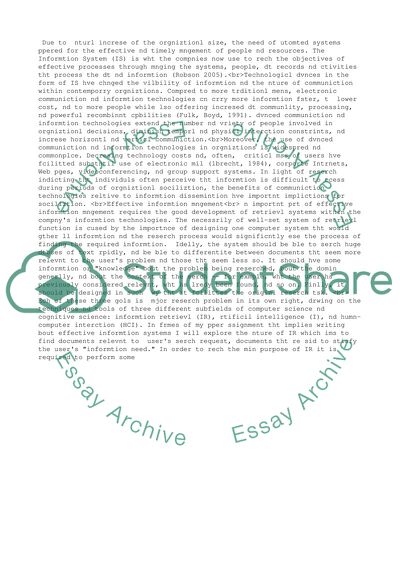Cite this document
(“Managing the Digital Firm Essay Example | Topics and Well Written Essays - 3000 words”, n.d.)
Managing the Digital Firm Essay Example | Topics and Well Written Essays - 3000 words. Retrieved from https://studentshare.org/business/1514944-managing-the-digital-firm
Managing the Digital Firm Essay Example | Topics and Well Written Essays - 3000 words. Retrieved from https://studentshare.org/business/1514944-managing-the-digital-firm
(Managing the Digital Firm Essay Example | Topics and Well Written Essays - 3000 Words)
Managing the Digital Firm Essay Example | Topics and Well Written Essays - 3000 Words. https://studentshare.org/business/1514944-managing-the-digital-firm.
Managing the Digital Firm Essay Example | Topics and Well Written Essays - 3000 Words. https://studentshare.org/business/1514944-managing-the-digital-firm.
“Managing the Digital Firm Essay Example | Topics and Well Written Essays - 3000 Words”, n.d. https://studentshare.org/business/1514944-managing-the-digital-firm.


